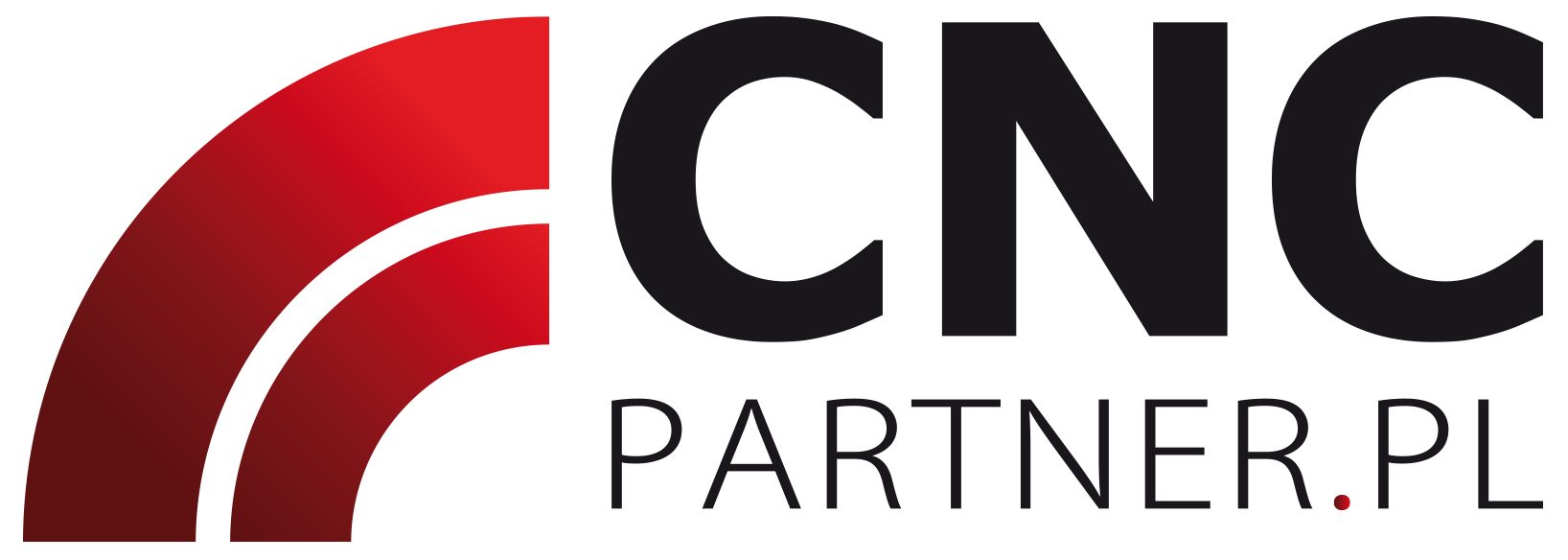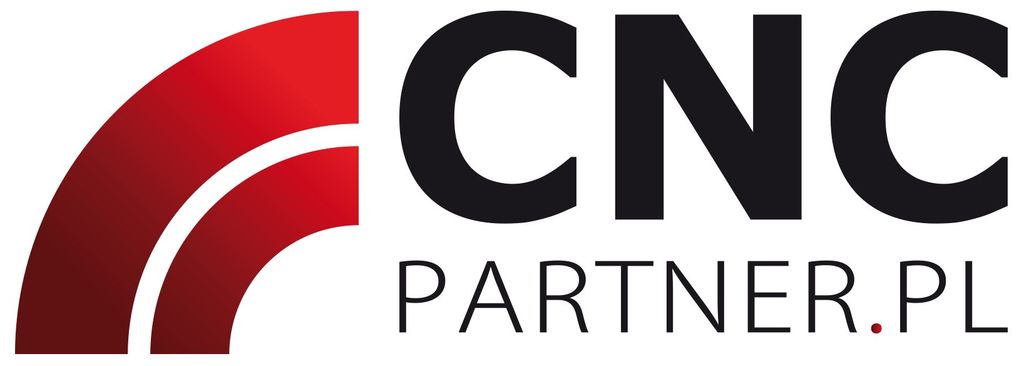CNC – Computerized Numerical Control – is basically a software control system. It is equipped with a graphical display, where NC programs, information about the tools, n corrections, machining parameters, and the correctness of the program are displayed. Computerized Numerical Control is called and used as digital information and traffic control signals of machines. This control is used to produce geometrically-defined objects. They can be described digitally on the basis of technical drawings or with the use of CAD model. Computers are used to support the software of CNC machines. As a result, when the parameters are set, then they can be repeated for each subsequent cycle of the machine. Numerical control of the machine is a software control. All information regarding the sequence of movements, whole processes, machining parameters, geometric information is encoded alphanumerically. This applies to materials processing with the use of computer-controlled devices (such as milling machines, lathes, and EDM) which are able to read standard control code, this is, G code. CNC machining allows fast, precise and repeatable performance of very complex shapes. Computerized numerical control provides a very flexible and powerful control of the machine.
CNC machines work within the coordinate system in which everything is controlled. This allows you to determine the relative position of the tool and workpiece, which is required to perform the treatment and obtain the appropriate results. Numerical control must be associated with the coordinates (numerical value). The source of the name “numerical” is quite logical, as it is described in the form of numerical codes (e.g. ASCII, ISO, EIA). Directive program of CNC systems is an intended work plan for machine tools, aimed at obtaining desired shapes, sizes and surface roughness. It consists of the following:
- geometric shapes and dimensions, including a description of the path of the tool,
- technological, relating to the treatment conditions of tools, cutting speed and feed rate;
- aids in the form of information for the programmer and operator.
The idea of numerical control of machine tools developed between 1949-1950 in Massachusetts, in the Institutes of Technology on the purpose of US military aviation. This invention ameliorated not only the capacity of treatment, but also the requirements for net shape and surface quality (low surface roughness).
For more information, please contact us by phone or fill in the online form opposite.


